Paper Wallet: What It Is And How Does It Work?
Have you ever wondered about what a paper wallet is and how to make one? Even though it's mostly used by early Bitcoin users and not really recommended anymore, it could still be worth giving it a shot.
What's a Paper Wallet?
A paper wallet is a special kind of wallet for Bitcoin that's literally made of paper. It holds your important codes for receiving and spending Bitcoin. You use services online to generate the private and public keys pair, then print them onto paper. One side has the address and QR Code for receiving Bitcoin, and the other side has the private key and QR Code for spending it.
In this quick guide, I'll explain how a Paper Wallet works, show you how to make one using a popular service, and discuss whether it's still a good choice after all this time, or if newer options are better.
How To Create A Paper Wallet
To create a new paper wallet, you can use a website called Bitaddress.org. It's been around for a while and is a popular way to create one. You can do it online or download the software on GitHub to make your wallet without needing to be connected to the internet. This keeps your information safe from online dangers.
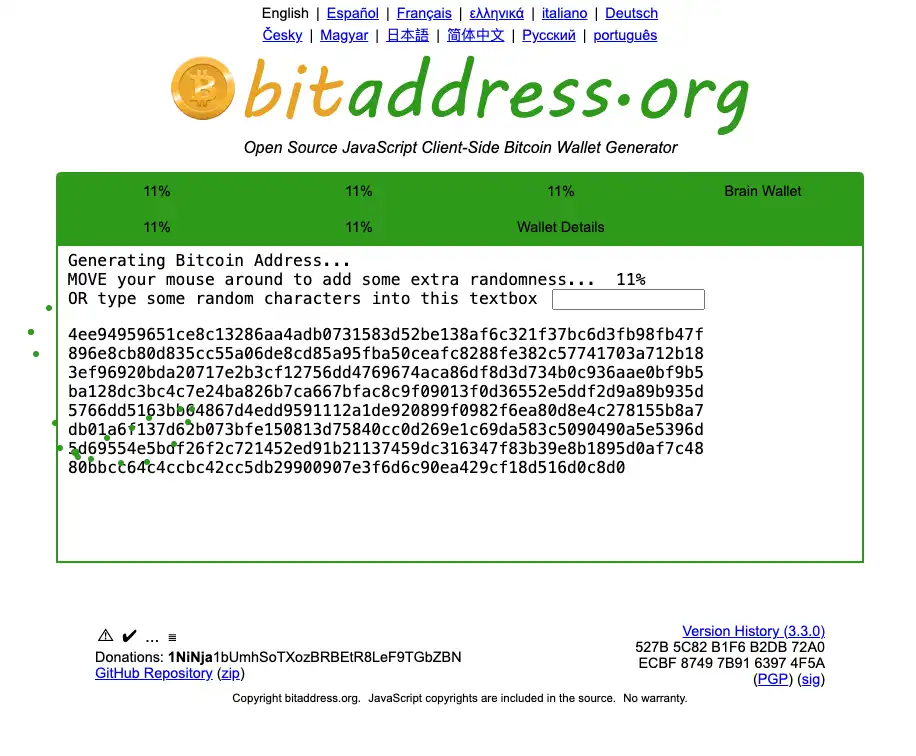
When you visit bitaddress.org, the website begins by creating your public and private keys right away. All you have to do is move your mouse around to add randomness (entropy). After a bit, the keys will be ready for you to use.
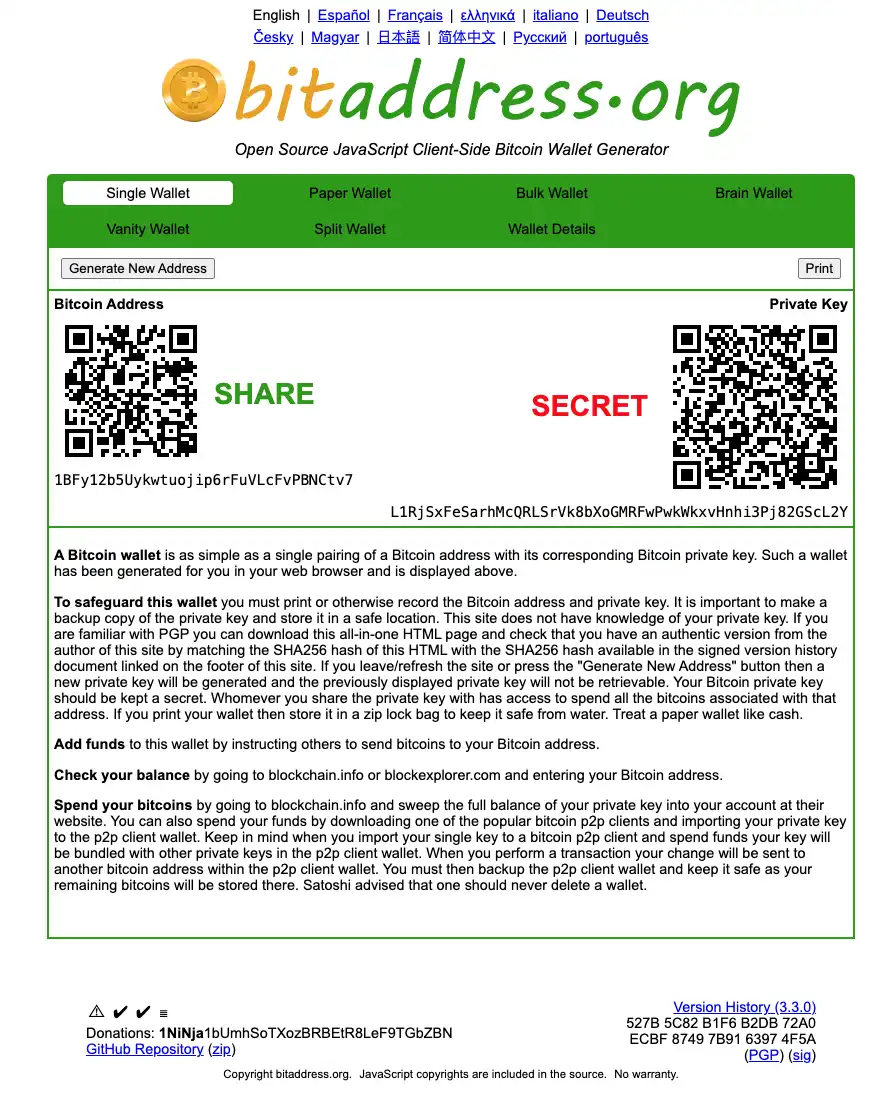
Once your Bitcoin wallet is created, you'll see the Bitcoin receiving address on the right and the private key on the left. They'll be in letters and numbers and also as QR codes.
To add money to your wallet, you just need to receive funds by giving out the Bitcoin address. You can check how much you have by using websites like mempool.space or blockstream.info.
When you want to spend the money, it's simple. Just import the private key into a wallet like Sparrow Wallet or Bitcoin Knots, and then you can use the Bitcoin network to make purchases.

To print your wallet, go to the "Paper Wallet" tab and use the nice template provided. Once it's printed, keep it safe.
If you're just saving Bitcoin and not spending it, you can copy the public Bitcoin address from the paper wallet into a software wallet. This way, you can check your balance whenever you want.
When you're ready to spend your Bitcoin, you'll need to use the private key. You can do this by copying it from the paper wallet and importing it into the software wallets mentioned earlier.
Paper Wallet: How Does It Work?
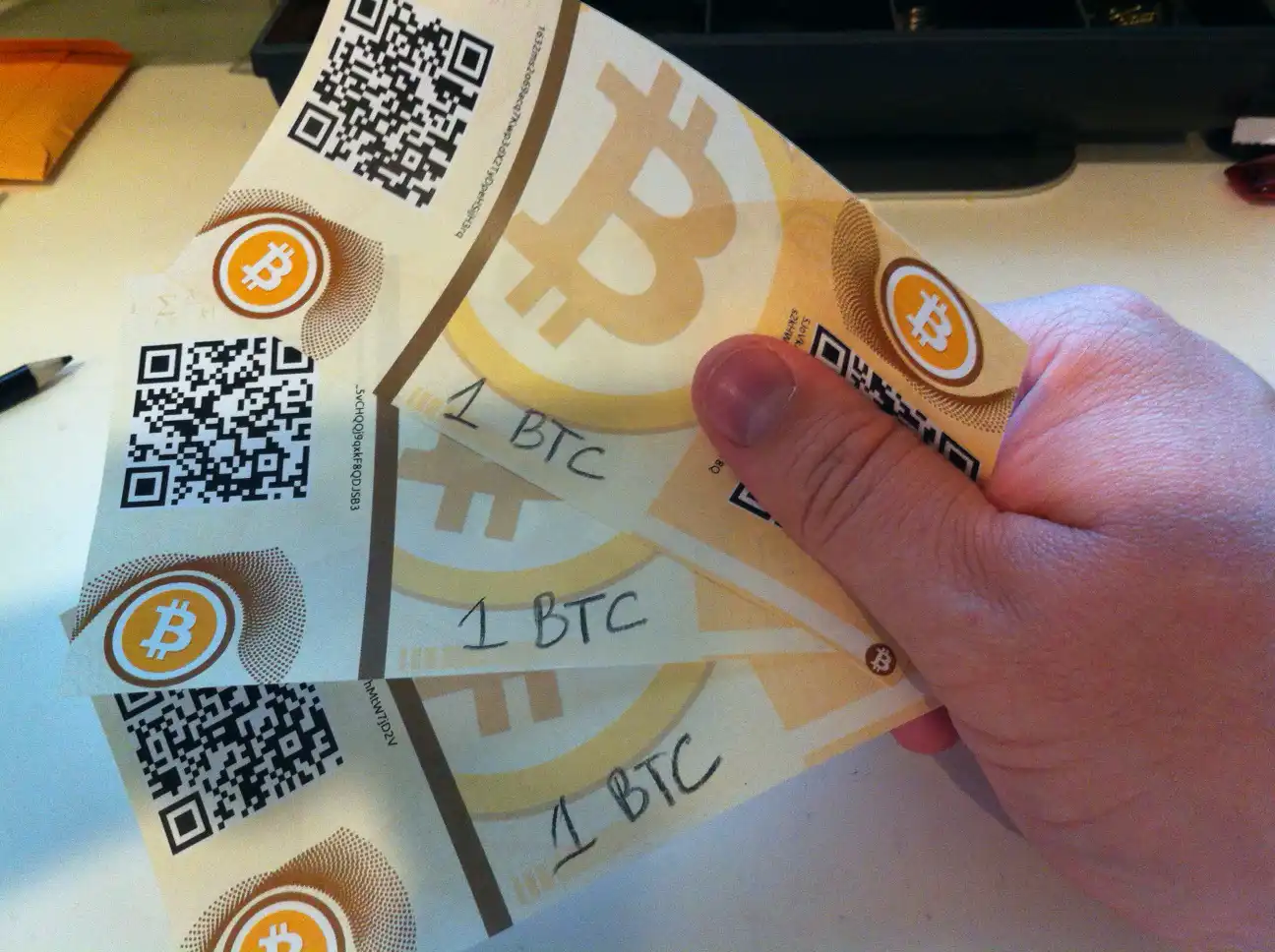
A Bitcoin paper wallet is really simple. It's like having a piece of paper with two important things written on it: a Bitcoin address and the corresponding private key.
To keep it safe, you need to write down or print both the Bitcoin address and the private key. It's crucial to make a backup of the private key and keep it in a secure place. Websites like bitaddress.org don't know your private key, which is good for security.
If you leave the site or generate a new address, you'll lose the previous and get a new private key, so be careful.
Your private key is super important and should be kept secret. Anyone who knows it can spend all the bitcoins linked to that address. If you print your wallet, put it in a waterproof bag to protect it, like you would with cash.
To add bitcoins to your wallet, just tell others to send them to your Bitcoin address (or do it by yourself). You can check your balance by using websites like mempool.space or blockstream.info.
When you want to spend your bitcoins, you can go to blockchain.info and transfer the full balance using your private key. Or you can download a bitcoin software wallet/client like Bitcoin Core or Bitcoin Knots and import your private key there.
Just remember, when you do this, your key will be mixed with others in the client's wallet. After spending, your change will be sent to another Bitcoin address in the client's wallet, so be sure to back it up to keep your remaining bitcoins safe. Satoshi, the creator of Bitcoin, advised never deleting a wallet.
Is It Safe To Use A Paper Wallet?
Paper wallets used to be a popular choice for storing crypto, especially in the early days of Bitcoin. They were seen as safe because they couldn't be hacked like the early online wallets. However, their popularity has declined over the years as more secure options like the crypto hardware wallets have become available.
The Problems With Paper Wallets
Creating a paper wallet can be tricky. You need to generate a random private key securely, which isn't easy for humans to do reliably. Some people try to do it offline by rolling dice and writing down the key, but this takes time and needs to be done very carefully.
Using a web-based generator for your private key is risky because it could be compromised or exposed to security threats. It's better to use a trusted offline program.
Printing your paper wallet with a low-quality inkjet printer can cause the characters to fade over time, which could lead to you losing access to your funds.
Paper wallets look like cash, with a QR code for the private key on one side and the public key on the other. If someone sees your private key, they can steal your funds.
When you spend from a paper wallet, you need to set up a change address beforehand. If you forget to do this, you could lose any remaining funds.
Importing a key from your paper wallet to another wallet just creates a copy, which doesn't solve the change address problem. Sweeping the wallet is a better option because it moves the funds to a new private key and handles the change address automatically.
Using the same paper wallet repeatedly is risky. It's better to use it once and then create a new one.
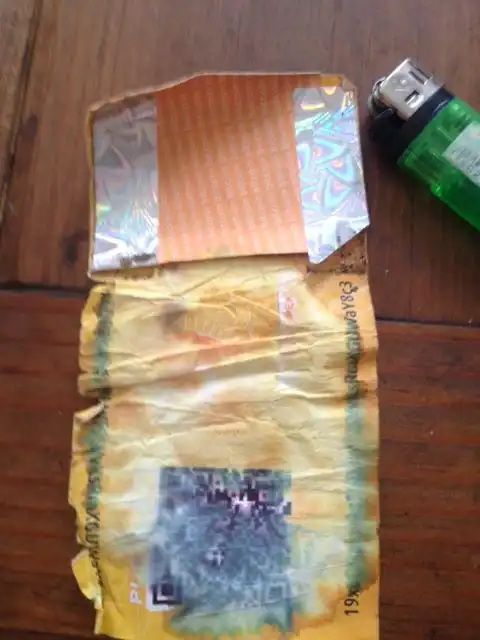
Storing paper wallets safely is another challenge. Paper can be damaged by water, fire, and other environmental factors. Some people laminate their wallets or store multiple copies in different places to protect them from being lost or stolen.
Paper Wallet Alternatives
While Paper Wallets are definitely an OG way to store and spend funds, they are a ancient technology frankly speaking. Since the introduction of BIP39 seedphrases and hardware wallets there are much better ways to store your funds for the long haul. Let's see the most used solution nowadays.
Blockstream Jade

The Blockstream Jade is one of the cheapest hardware wallets available, and it's pretty amazing what it can do. First, it can make a private key without needing to connect to the internet and keep it safe inside the device. You can also have a backup copy on paper using a seed phrase, or use it without saving any information thanks to the SeedQR Technology. It can hold not only Bitcoin but also Liquid Assets.
👉 Click here to get the Blockstream Jade. Use code BLOCKDYOR at checkout for an exclusive 10% discount.
Trezor Safe 3
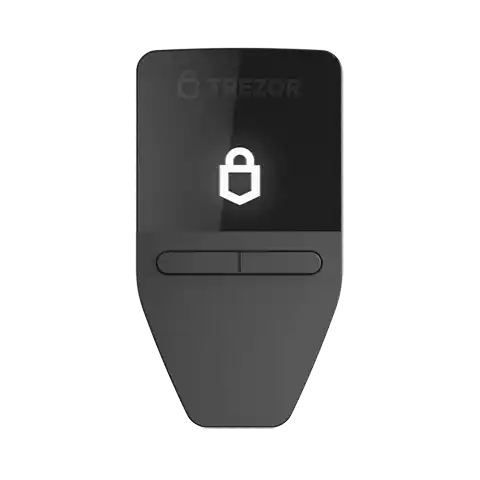
The Trezor Safe 3 is a new product from Trezor, the company that came up with the seed phrase and hardware wallets. It's like they took the idea of a paper wallet and turned it into a physical device. Now features a secure element, which is the chip where you private keys stays and never leaves it. With this Safe 3, you can handle not only Bitcoin but also other cryptocurrencies like Ethereum and Litecoin. So, if you have different types of coins, getting one of these could be a smart move.
Paper Wallet Pros & Cons
| Pros | Cons |
|---|---|
| ✅ Provides offline storage | ❌ Tricky to create securely |
| ✅ Simple and low-cost | ❌ Vulnerable to physical damage |
| ✅ Complete control over funds | ❌ Risk of losing funds if keys are lost or damaged |
| ✅ Suitable for long-term storage | ❌ Requires careful handling |
| ✅ Reduces risk of online attacks | ❌ Not ideal for frequent transactions |
| ✅ Can be divided for added security | ❌ Requires technical knowledge |
| ✅ Preferred by some for transparency | ❌ Lack of support for features like change addresses |
Bottom Line
Paper wallets are an older way to store cryptocurrency, and they can be risky. You usually need to trust an online website to make them, unless you know how to download and use software from places like bitaddress.org on Github.
Hardware wallets are much safer and have become the better choice. Paper wallets might have been useful in the past, but now they're mostly used for fun or learning about public key cryptography.
Some people think paper wallets are still good for using Bitcoin like cash or giving it as a gift. But nowadays, there are better options, like SATSCARD or Satodime. These are physical cards that can hold private keys safely inside a secure chip.

